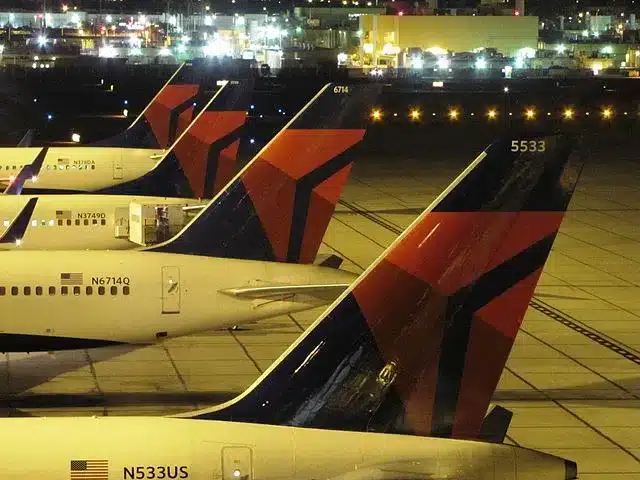What are the Drone Pilot Jobs & Where are they Headed?
In the future, Drone Pilot Jobs or UAS (Unmanned Aircraft System) operators will use a local UAS Traffic Management (UTM) system to fly safely above our heads.
So what effect will new commercial UTM services have on operators of commercial drones?
And why we think it will be problematic for the Drone Pilot Job market, unless certain targets are met.
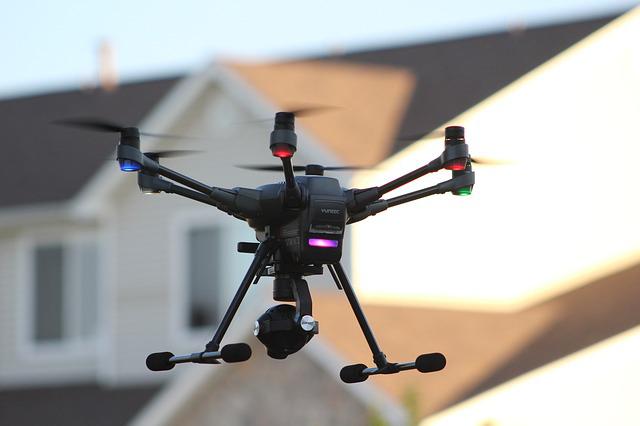
Drone Pilot Jobs
Commercial drones don’t need individual pilots. But they do need operators. Sorry, but that’s the truth. And if drones are part of your commercial offering, then you should hope that a single operator is managing multiple drones. And that these drones are flying BVLOS (beyond visual line of sight).
This is a companion piece to our Drone “ROI Impossible” article. And why starting a commercial drone business has lots of challenges. One of those challenges – the biggest – is the subject of this article.
Drone Operator
The UTM services (UAS Traffic Management) is the real estate in the sky where your drone, drone swarm, e-VTOL or flying car will operate. Using highways similarly to commercial air traffic, but at low altitude. And in urban areas.
So, if you are thinking about getting a drone pilot’s license or a commercial UAS operator certificate, we implore you to understand the realities of what is still a very fluid sector. Where the humungous growth predicted by anyone with an aerospace website might need a pinch of reality.
Now we are not here to diss drones. Or the UAS market. And the idea of a flying car sounds cool as when it did fifty years ago. But what we are here to do, is inform you of our honest thoughts and opinions on how this market might evolve economically. In the short to medium term.
Commercial Drone Pilots
Where drones will operate, we already have flying cars. They’re commonly known as “helicopters”. And you must use your car to get to and from airports and heliports to catch these flights.
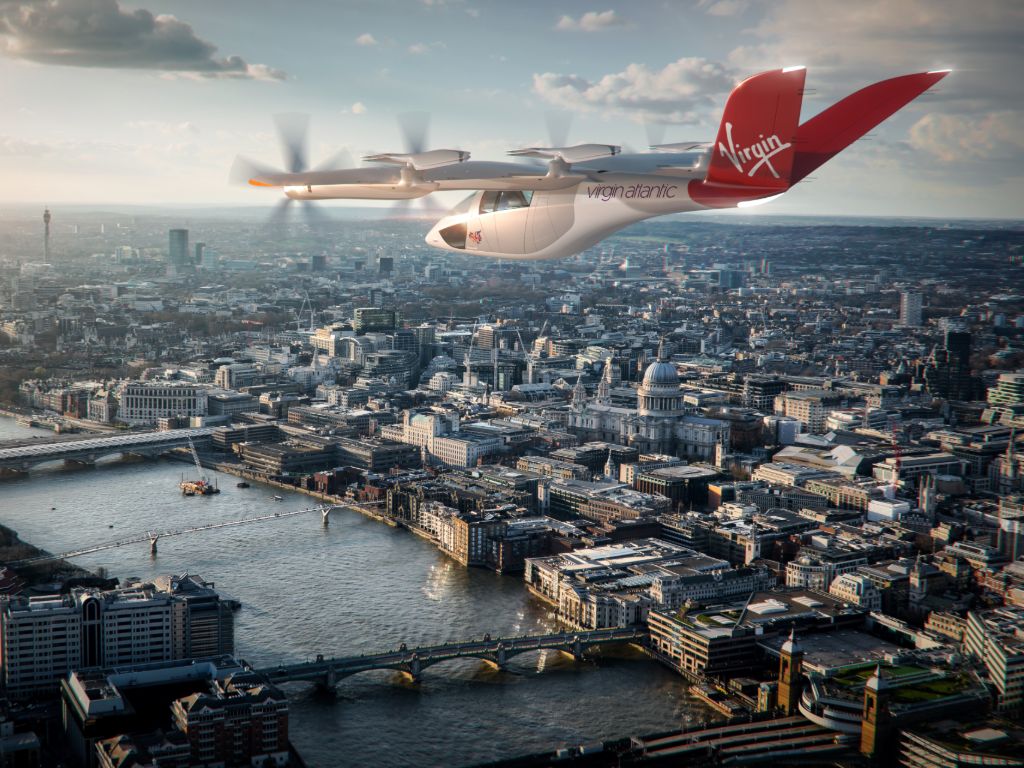
Ok, tongue firmly in cheek. But today, when people see a flying car, or a sleek e-VTOL, their minds immediately envisage this vehicle landing in their front garden, picking them up, and dropping them curbside at Phoenix Sky Harbor. Or Maybe JFK.
Oh, and it’s pilotless, for the cost of a bus ticket.
Someday. But not soon enough that you or your children should start buying tickets. The reasons are simple. First, there are still not enough certified UAS vehicles on the market that are up to this task.
Yes, they are in development around the globe, but they are not yet capable of commercial operations. If not, we risk passenger lives, people and property on the ground if operators mismanage these vehicles. Secondly, the UTM” highways” they need don’t yet exist. These highways are the UTM we speak of.
Remote Piloted Aircraft
There are examples of successful drone operators. There’s a company operating in Africa called Zipline and they fly large (10 ft diameter) drones carrying blood and medical supplies to remote towns.
But they satisfy the commercial drone operator criteria, they provide a must-have service for valuable commodities that fit into a shoebox-sized compartment. But they mostly succeed because they don’t come within a few thousand miles of a person on the ground. Or buildings. Or more importantly other airborne vehicles.
They operate without the need for UTM services. And their authorization process, we would imagine, was thus straight forward.
Drone Authorization
Much like 5G, airspace is valuable. And if you can secure the rights to manage it, you can charge by nautical mile. Airlines pay for every nautical mile in every airspace they use. And this is sizeable revenue for that airspace owner. Which are mostly state agencies. But these systems also require sizeable investments. Over many decades.
It should come as no surprise to hear that ANSP’s (Air Navigation Service Providers) and UTM service providers have been in discussions for a few years now. Trying to rationalize the business case for UTM creation.
Why? Because every stakeholder in the game has been predicting the rapid rise of the UAS market for several years now. And rapid rises in traffic mean rapid rises in a fee-paying drone industry.

Drone on
In January 2022, the Teal Group’s 2021/2022 World Civil UAS Market Profile and Forecast reported that non-military drone production will jump from USD $5.6bn per year to $18bn by 2030. A 15% CAGR in constant US dollars. And that will happen. And we should welcome it. There are definite emissions advantages to be gained by using unmanned vehicles for mundane work.
Now, do we know more than those clever clogs over at the Teal Group? Maybe not. And one thing we did agree with was that Aerial Surveillance would show the greatest growth.
Not to blow our own trumpet, but we did argue that commercial drone operations would be doable in the Survey/Agri sectors. Why? Simple – the competition is helicopters or light aircraft which are much larger (and piloted) and so much more expensive.
Drone Pilot Jobs
And the airspace and populated regions on the ground are likely to be almost zero. These types of operations also deliver constant ROI as they fly. Unlike delivery drones which are empty 50% of the time.
Finally, the data, knowledge or service provided by these Agri-operations can deliver multiple revenue streams over time to multiple parties that seek it, because they can survey land, coasts, waterways, and mountains.
Is the UTM space gaining pace?
It seems to be. In Spain, an ANSP called ENAIRE launched PLANEA, a platform designed to make it easier to coordinate operations with the drone industry, larger UAS and manned aircraft simultaneously.
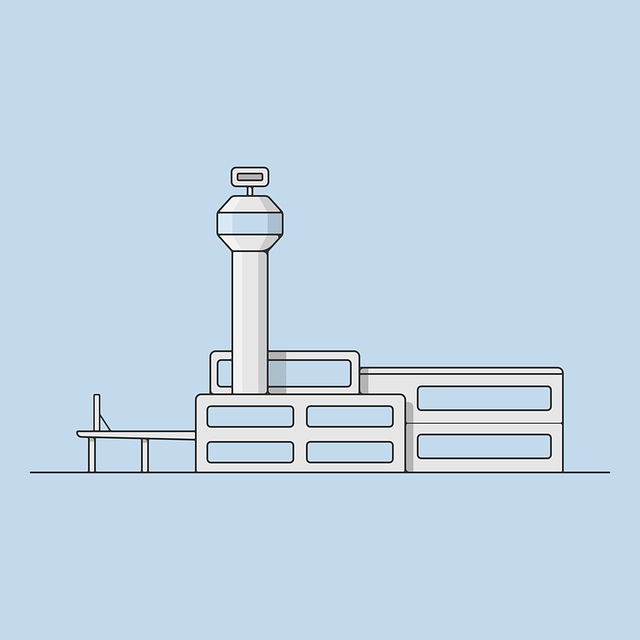
This is true BVLOS with multiple users. It’s in a confined area, but we would always expect these things to start small and then expand. But the authorization process is long.
There is no affordable technology that can allow the safe management of these systems on a larger scale. A scale that we could start to see widespread unmanned vehicles flying freely above our heads.
For example, monitoring. Aircraft have transponders and are large enough to carry other devices needed to fly routes safely and avoid other traffic during phases of flight. But if we start loading similar equipment on drones, they wouldn’t be able to carry anything else.
Drone License
Similarly, we cannot always monitor all users and direct and redirect all traffic safely. Especially if you are talking about hundreds or thousands of drones that are dispatched randomly, change routes, have technical difficulties, while flying between 20 and 120 meters.
And the scalability of drones (in a normal ATM-style of space) is not possible if we expect the growth of UAS and traffic levels being predicted by people such as Teal. In the UK, a service provider called Altitude Angel has a technology called “Arrow”, which they say can overcome some of these hurdles. They are also rolling this out in segregated areas with regards to BVLOS operations. So maybe we’re wrong. And we hope we are.
United States
U-Space or Urban Mobility, as the cool kids call it, is set to become a specific implementation of UTM worldwide. And will have specific implementation requirements.
Interconnectivity is what is demanded and there is a lack of industry standards here. Self-driving cars have been around for 10 years now, but they are not yet ubiquitous and are struggling in many areas, such as 4-way stop signs or anywhere where subtlety might be required. Yes, they can handle motorway cruising but what about alleyways or roadworks or during evolving incidents?.
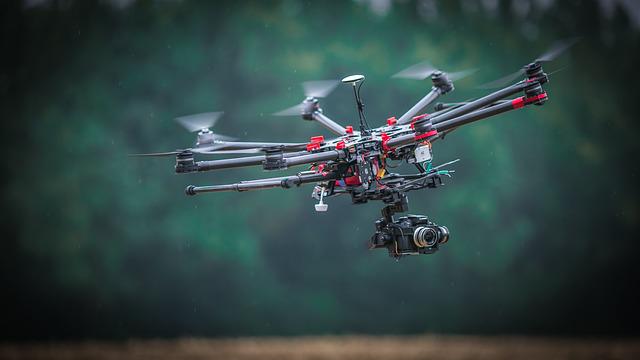
Drone Operator
Drone Pilot Jobs and UAS will be 100% unique. And so will be the challenges they present. The routes, where they land, pick up, or traverse. Otherwise, what’s the point? This is what we need them to do. It’s their USP. We don’t need another helicopter. We see that e-VTOLs are coming – which is great – but they’ll be limited to airports or approved platforms only.
And they will only operate on set routes with pilots. (for a significant time). Forgive us but wasn’t the whole point of UAS to be free to roam (within reason) so they can take advantage of their inherent efficiencies and capabilities. And without the pilot?.
What is needed is maturity. And that needs time. And that’s where UAS and UTMs are weakest. The technology is still unproven at a commercial level. The best drones are modified military platforms that were once target drones, so in reality just small aircraft.
The same goes for the UTM. The regulations and technology are at the preliminary stages and don’t have the granularity of detail needed to develop into something that can handle hundreds or even thousands of BVLOS drone flights.
There are also questions about the financial viability of U-space and if it’s worth the investment needed. I bet you didn’t think that you would be charged for every minute your UAS is up in the air and how much that might cost you? It could be a real dent in the bottom line depending on what that turns out to be.
Videos
When a drone flies BVLOS, it needs to be “flown” and monitored. Flown, to make sure it does what it’s supposed to do and monitored by someone who hopefully is looking at everything else up there and hopefully not charging you a fortune to do it.
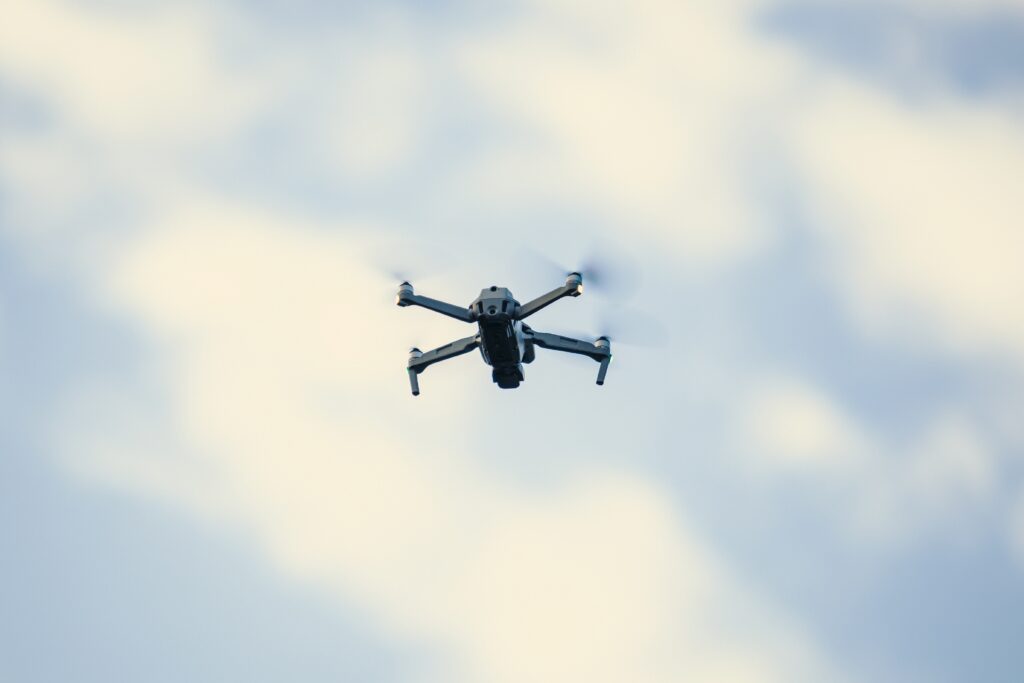
But drones don’t want pilots. That’s not the deal. The great “UAS promise” is that a task can be programmed with multiple drones that are then sent off to complete that task and return to base. Otherwise, you don’t have scalability. And that’s the only way a commercial drone operation can work.
There are other issues too. Drones continue to cross airport fences and to fly over people and property without permission. The recent war in Ukraine has also resulted in defense forces using drone warfare to drop munitions.
I suspect these events making the nightly news are causing concern to all UTM stakeholders.
Experienced Drone Pilots
If you are undeterred, then just make sure you are getting involved in the operational aspects of the business and hopefully the service being provided. And not just sticking to the Aeronautical knowledge. That you are getting the data domain knowledge also.
What is valuable is professionals who understand the data/service and not just its collection, which puts you in a much more valuable category. If you have skin in the data game and not just the vehicle that’s being collected, you might stand a chance. Our advice would be to partner with a group that needs the data and doesn’t care how it’s collected. Or you could just stick to getting those nice Aerial shots.


